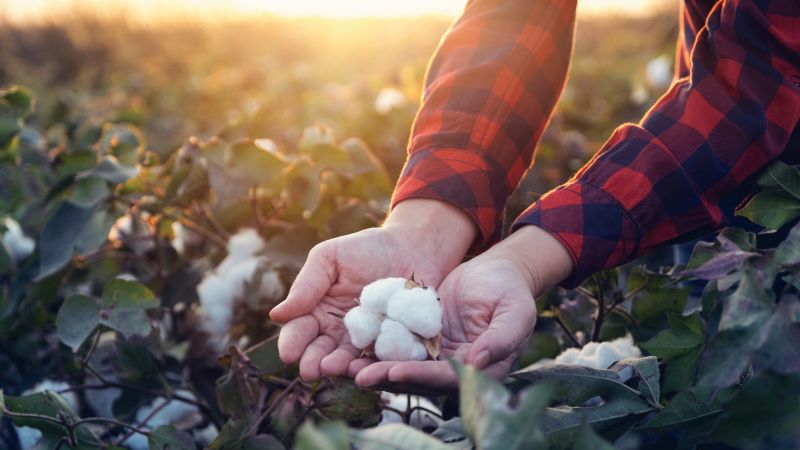Still On Top – Cotton Remains Consumers’ No. 1 Choice for Clothing
The most formidable adversary to global cotton is not disease, insects, market fluctuations or the challenge of transporting cotton around the world. While those issues impact cotton on various levels, synthetic fibers such as polyester pose the biggest threat to cotton’s future. As cotton and synthetics compete for market share in garments and textiles, one thing is clear – cotton is winning on the retail level. In the minds of consumers, cotton is still king.
Consumers worldwide are increasing their spending on apparel while continuing to show a strong preference for natural fibers, according to the latest Global Lifestyle Monitor survey, conducted by Cotton Incorporated and Cotton Council International. Not only do consumers worldwide love cotton, but they are willing to pay more for natural fibers such as cotton, which they associate with high quality, choose to wear the most, and deem the best fiber for today’s fashion.
The Global Lifestyle Monitor, a biennial consumer research study that gauges consumer attitudes and shopping habits to understand why they shop, where they shop, and what motivates them to buy clothing, was conducted for the fourth time in 2006. This survey included nine countries: Brazil, Colombia, Italy, Germany, the United Kingdom, India, China, Japan and Thailand, which was new to the study this year.
Cotton is Quality, So Check the Label
Among the most important attributes in purchasing a garment is quality; 9 out of 10 consumers say that knowing a garment’s quality is one of the most important considerations before buying. And consumers worldwide closely associate quality with fiber content. Like U.S. consumers, the majority of global consumers (52%) also considered natural fibers such as cotton to be of higher quality than synthetic fibers. And when asked if they would pay more for better quality, 67% of global consumers agreed.
Nearly half of global consumers always or usually check the fiber content label before purchasing apparel. When asked what information is important when purchasing apparel, 77% of global consumers noted fiber and over half (51%) said that cotton was the best fiber for today’s fashions. Furthermore, 60% of global consumers said they wore more cotton than any other fiber, indicating that cotton is a staple fiber in consumers’ closets worldwide. Natural fibers are most important in India (74.4%), Italy (68.3%) and China (65.3%), three countries where the majority of consumers say they always or usually check fiber content labels.
Cotton is Fashionable
Although brand name is important, 6 out of 10 consumers would rather know the fiber content than the brand name. The majority of global consumers (53.7%) chose cotton over other fibers, such as wool, silk, polyester and Lycra, as the fiber best suited for today’s fashions – up 2.6% from 1999. Most likely to agree that cotton is the fiber of choice for today’s fashions were Indian (68.7%), Italian (62.8%), and Colombian (59.6%) consumers. Cotton was also the fiber most global consumers (65.1%) said they preferred to wear; in China, Germany, Italy and Japan, over 70% of consumers said they would rather wear cotton than other fibers.
Consumers Continue to Spend on Apparel
No doubt about it, the love affair with apparel shopping continues to grow. The survey confirms that 68% of consumers love or like to shop. From 2003 to 2006, global consumers increased their spending on apparel by 4%. The survey also proves that consumers are willing to spend more for quality. The percentage of consumers willing to pay more for natural fibers was highest in China (81.3%), India (79.6%) and Italy (76.8%). While Chinese consumers spent the most on apparel as a percentage of per capita GDP (10.7%), Italian consumers spent the most in dollars ($1,716) and Indian consumers spent the least ($190), illustrating that regardless of apparel spending patterns, consumers recognize the value of natural fibers.
When asked where they purchased most of their clothing, consumers named independent retail stores (22%), department stores (20%), specialty stores (17%) and chain stores (13%).









